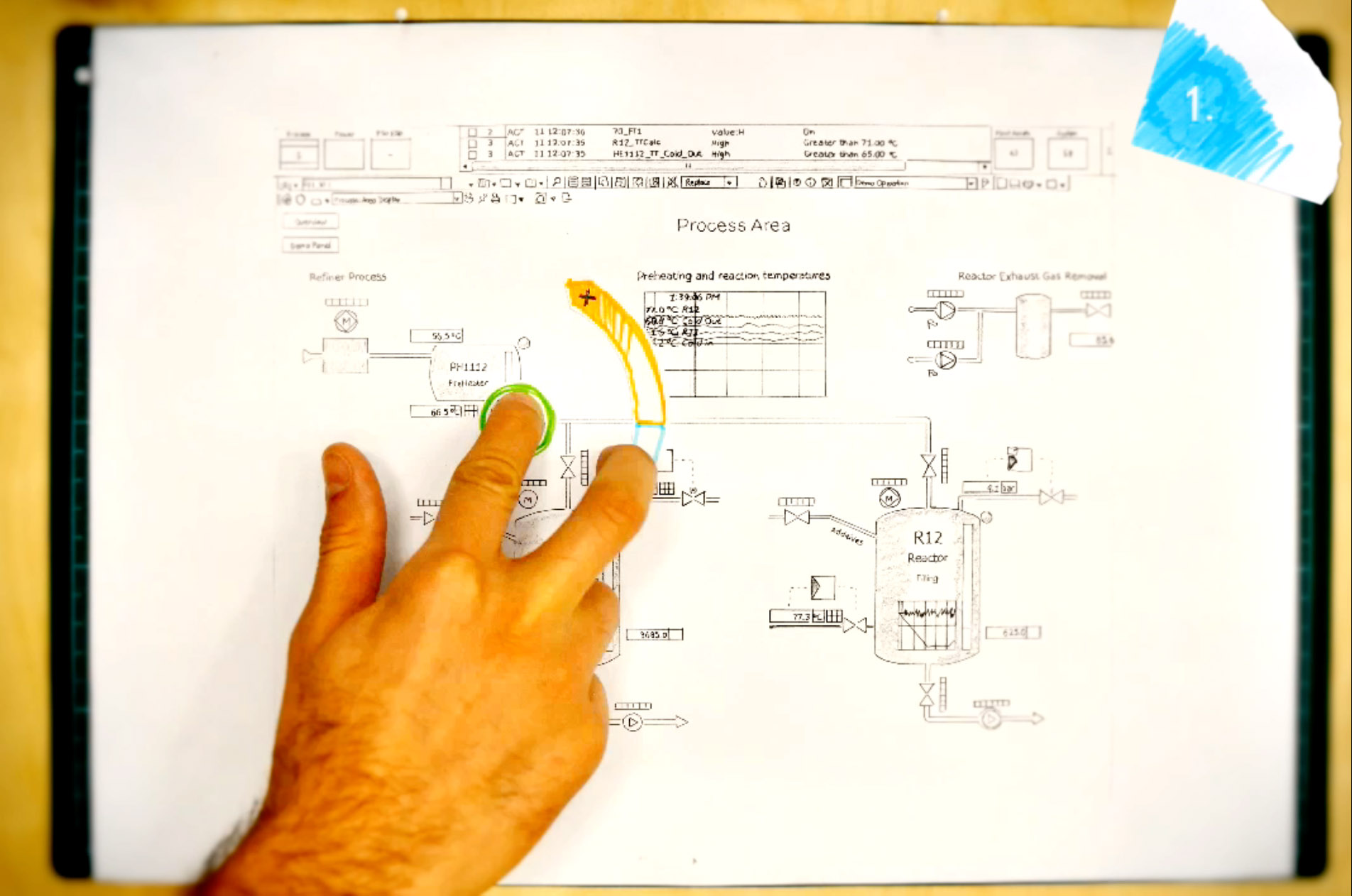Sketching Techniques
To be able to explore and think through early-stage interface ideas, we applied stop motion animation as an interaction design sketching technique
Widely acknowledged as an archetypal design activity, sketching is typically carried out using little more than pen and paper. Today’s designed artifacts however, are often given qualities that are hard to capture with traditional means of sketching. While pen and paper sketching catches the character of a building, it may not equally well capture how that building changes with the seasons, how people pass through it, how the light moves in between its rooms from sunrise to dawn, and how its façade subtly decays over centuries. Yet, it is often exactly these dynamic and interactive aspects that are emphasized in contemporary design work. So is there a way for designers to be able to sketch also these dynamic processes?
Over several years and in different design disciplines, we have been exploring the potential of stop motion animation (SMA) to serve this purpose. SMA is a basic form of animation typically applied to make physical objects appear to be alive.
The animator moves objects in small increments between individually photographed frames. When the photographs are combined and played back in continuous sequence, the illusion of movement is created. Although SMA has a long history in filmmaking, the animation technique has received scarce attention in most design fields including product design, architecture, and interaction design.
In this project we applied stop motion animation to sketch new functionality for ABB's 800xA industrial control system process and automation overview and control. 800xA is an old, legacy system that has evolved over the years with neither user experience nor a strong notion of usability in mind. This has resulted in systems that are difficult to learn, especially for novel users. Often, there are many ways of achieving the same result, but users tend to get stuck in one way of using the system, even though there might be better, more efficient ways of doing what they do. It is also not uncommon that users in industrial environments might be afraid or feel ill-at-ease with exploring and testing new functionality, as even small mistakes may have huge effects on the factory. Users also experience automation and control systems as difficult to navigate in, to know where they are in the system, and to zoom in and out and return to a previous position. To deal with some of these problems, we collaborated with ABB Corporate Research to bring forth new concepts and tools to appear in future versions of 800xA.
About
This project was carried out at Interactive Institute Swedish ICT for our client ABB Corporate Research.
Design Team
- Daniel Fallman
- Ru Zarin
- Kent Lindbergh



